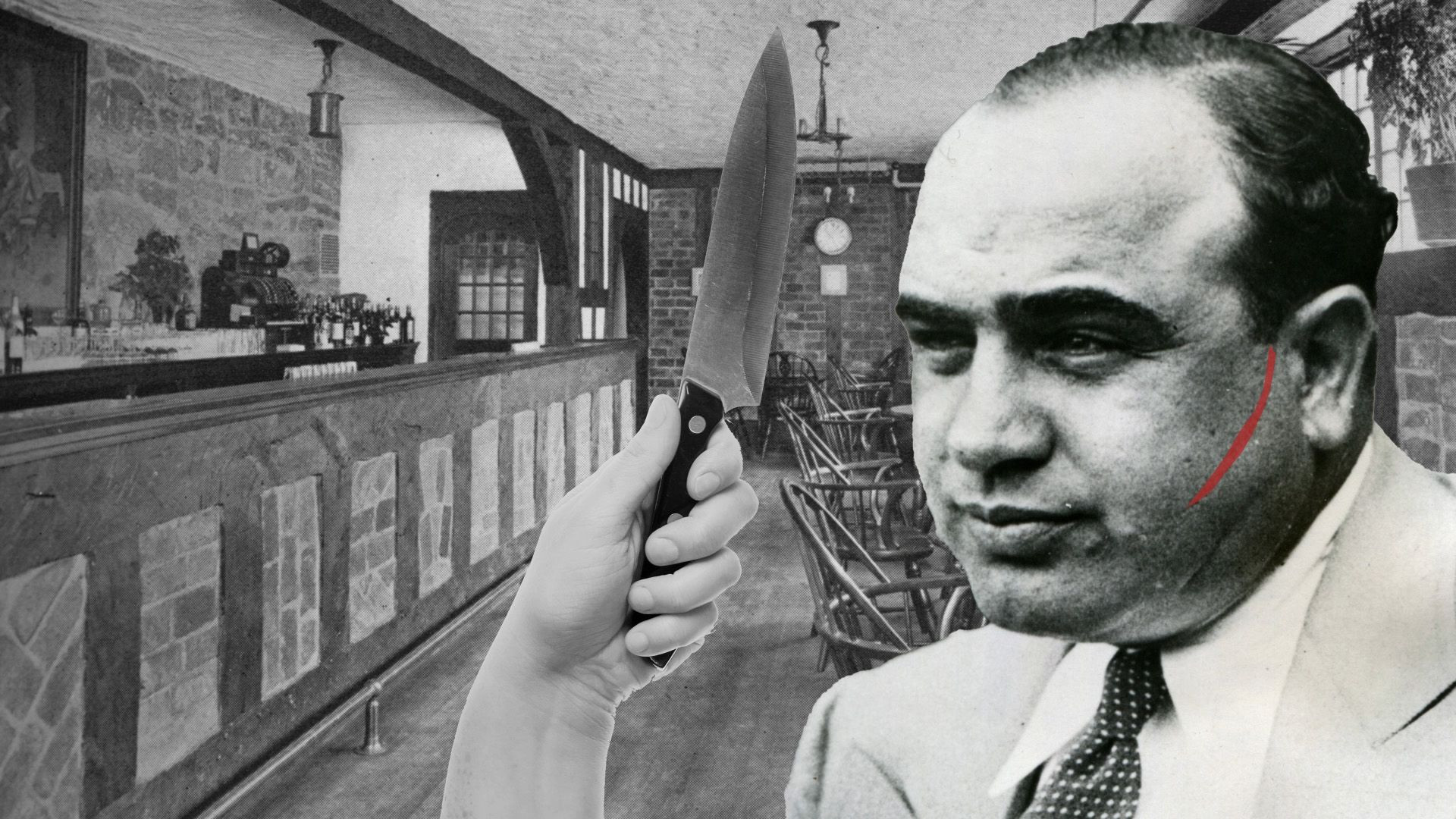John Gotti, the notorious “Teflon Don,” captivated and polarized America throughout the 1980s and 90s with his flamboyant persona and high-profile trials. Born on October 27, 1940, in the South Bronx, New York, Gotti rose through the ranks of organized crime to become the head of the Gambino crime family. While his life was marked by power, infamy, and evading justice, it ultimately culminated in his death on June 10, 2002. This article delves into the final years of John Gotti, focusing on his death and the circumstances surrounding the demise of one of America’s most iconic mob bosses.
From Street Gangs to Mafia Boss
Gotti’s journey into the criminal underworld began in his teenage years. Growing up in Brooklyn, he quickly became involved in local gangs before aligning himself with the Gambino crime family, one of New York City’s notorious Five Families. He dropped out of high school and soon amassed a lengthy arrest record for petty crimes. His early involvement with the Gambino family set the stage for his future ascent within organized crime.
[ Mobster nicknames purpose and meaning](Alt text: A video still explaining the purpose and meaning behind mobster nicknames, such as Scarface and Mickey the Nose, within organized crime.)
Mobster nicknames purpose and meaning](Alt text: A video still explaining the purpose and meaning behind mobster nicknames, such as Scarface and Mickey the Nose, within organized crime.)
His criminal career escalated in the late 1960s and 70s. He faced charges for truck hijacking and cargo theft in 1968, leading to his first prison sentence. By the 1970s, Gotti’s involvement in the murder of James McBratney further cemented his reputation within the Mafia. Despite facing manslaughter charges, he received a lenient sentence and was paroled in 1977. This period marked a turning point as Gotti, under the wing of Aniello Dellacroce, began his rapid climb to power within the Gambino family.
The Rise and Fall of the Teflon Don
The 1980s saw John Gotti emerge as a public figure, a stark contrast to the typical clandestine nature of mob bosses. His expensive suits and charismatic demeanor earned him the moniker “Dapper Don,” and he cultivated an image of invincibility, seemingly untouchable by the law. This public persona, while attracting media attention and a certain romanticized admiration from some, also drew increased scrutiny from law enforcement.
However, beneath the surface of his flamboyant lifestyle, Gotti was deeply involved in racketeering and other criminal enterprises. A significant personal event that marked this era was the death of his son, Frank Gotti, in a traffic accident in 1980. The disappearance of John Favara, the driver involved, further fueled the mystique and ruthlessness associated with Gotti, although he denied direct involvement.
In 1985, federal racketeering charges were brought against Gotti. The assassination of Paul Castellano in December of the same year, orchestrated by Gotti to seize control of the Gambino family, solidified his position as boss but also intensified the legal pressure. Despite multiple trials and acquittals, earning him the nickname “Teflon Don” because charges wouldn’t stick, the FBI was building a case.
The Final Verdict and Imprisonment
By the early 1990s, the tide began to turn against John Gotti. Extensive FBI surveillance and the unprecedented decision of Salvatore “Sammy the Bull” Gravano to testify against him provided the crucial evidence needed to dismantle Gotti’s empire. In 1992, after a highly publicized trial, Gotti was convicted on numerous charges, including murder and racketeering, and sentenced to life imprisonment.
Stripped of his power and public image, Gotti spent his final years incarcerated. In 1998, he was diagnosed with throat cancer. This diagnosis marked the beginning of his physical decline, a stark contrast to the once vibrant and seemingly invincible “Teflon Don.”
John Gotti’s Death in Prison
John Gotti’s death occurred on June 10, 2002, at the U.S. Medical Center for Federal Prisoners in Springfield, Missouri. He was 61 years old. His death was attributed to complications from throat cancer, which had been battling for several years. While the “Teflon Don” had evaded justice for years, his life ended within the confines of the federal prison system, a definitive end to his reign.

Gotti’s death marked the close of a significant chapter in the history of American organized crime. He remains a controversial figure, embodying both the allure and the brutality of the Mafia. His story, culminating in his death in prison, serves as a cautionary tale of ambition, power, and the ultimate consequences of a life of crime. The death of John Gotti effectively closed the era of the flamboyant, publicly visible mob boss, leaving behind a complex and enduring legacy within American criminal history and popular culture.
